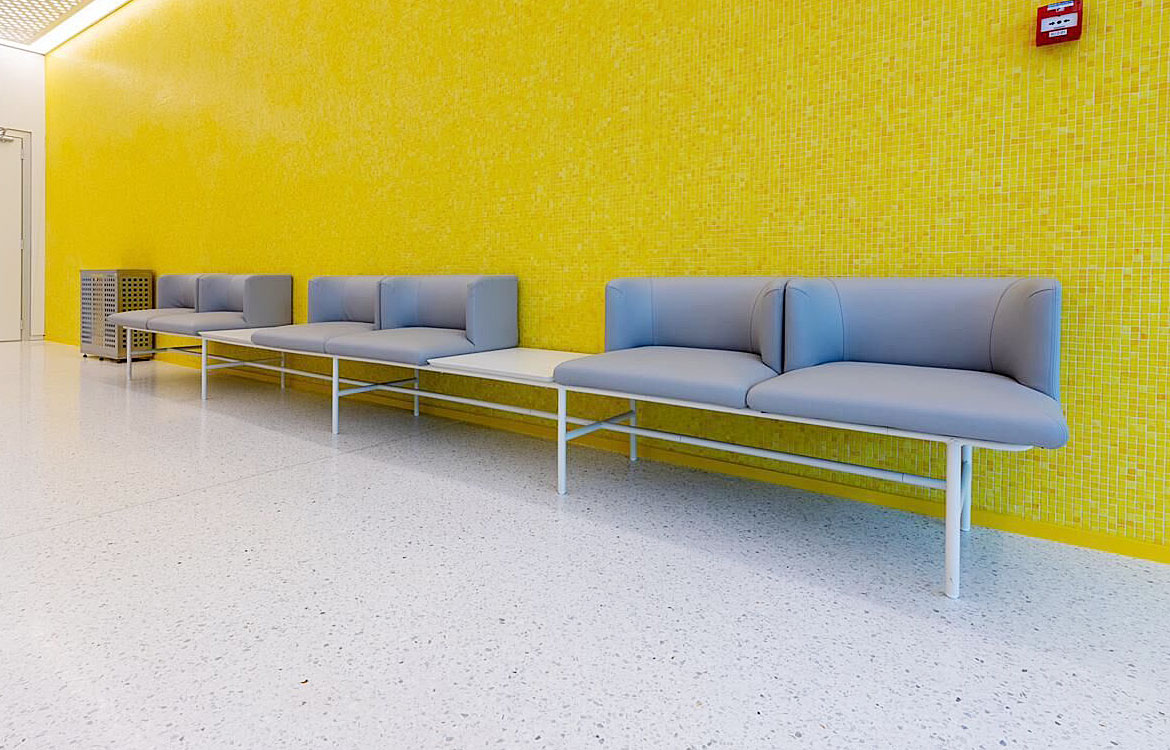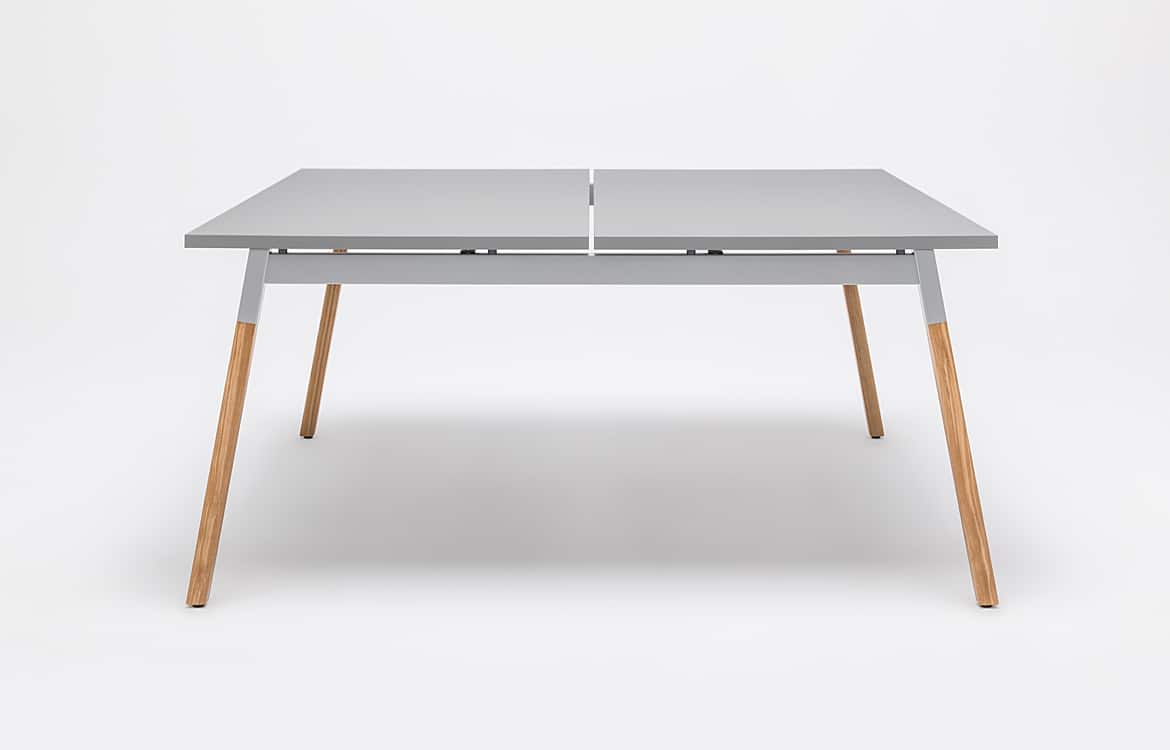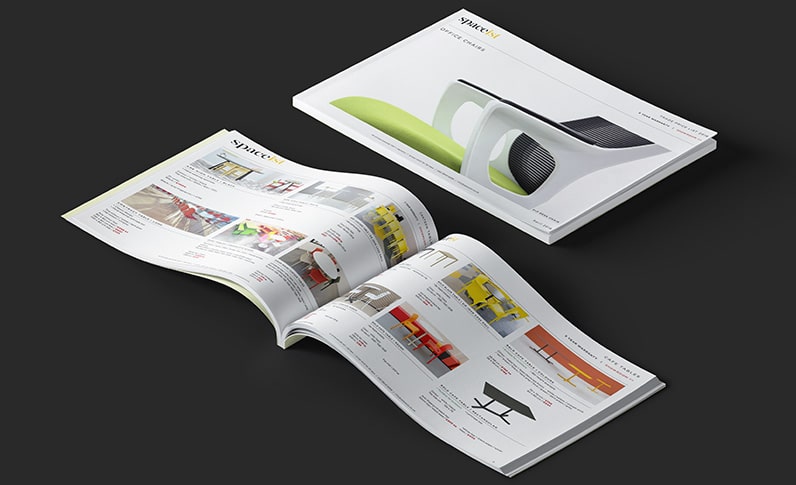Making the best use of space in today’s modern school environment means replacing furniture that isn’t fit for purpose. Old-fashioned, heavy or inflexibly-designed pieces can make it difficult to create intelligent workspaces.
- Supplier of commercial, modern furniture for workplace, education, leisure & public spaces
- 020 8840 6298
- [email protected]
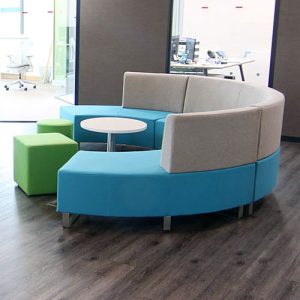
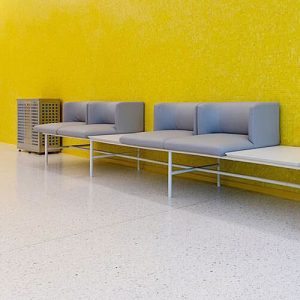
The lifecycle of school furniture
Although the classic traditional school wooden desk, engraved with years’ of pupil’s names and complete with obsolete inkwell, may be assumed to last forever, it won’t.
Even the toughest of woods will be prone to cracking and the lifespan will also depend on temperature and humidity, the quality of the original wood and most importantly, the way they have been treated.
Nostalgia for wooden desks aside, there are two main points to consider when thinking about modern school furniture lifespans:
- Furniture design and purpose – today’s pupils are unlikely to sit at the same desk all day. Classrooms are flexible spaces now and require appropriate furniture.
- The size of the modern student – adults and children today are taller and heavier than they were forty years ago and this growth trend shows no signs of decreasing.
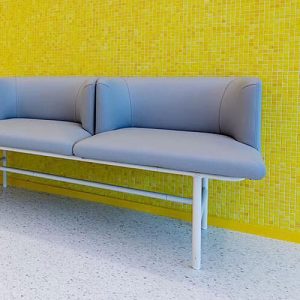
The importance of replacing old school furniture
It’s important to replace school furniture when it’s no longer fit for purpose due to size or functionality. But there is another important aspect to consider, that of safety and regulatory risk.
Schools are of course fully aware that they have a duty of care to all pupils and staff on the premises and will have their own authority standards, guidelines and risk assessments to adhere to.
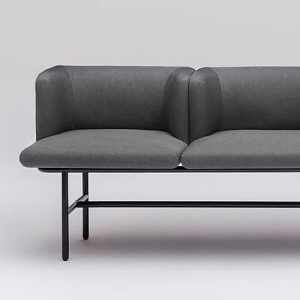
When is it time to replace school furniture?
Educational and commercial environments should have a regular schedule of inspection for damage as well as a system for reporting and recording any faults or damage. It’s important to check the entire piece of furniture for cracks or weaknesses in addition to looking for cosmetic damage.
School furniture should adhere to BSI British Standards and an experienced contract supplier will be able to provide details on this, as well as a full guarantee.
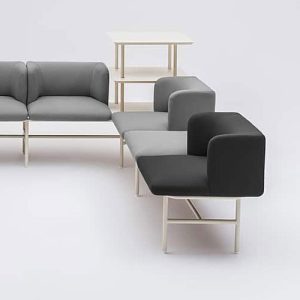
The cost-benefit analysis of replacing school furniture
Investing in new school furniture may feel like something to be avoided for as long as possible in these days of constrained budgets, but it really is a false economy to try and make do with outdated or unsuitable furnishings. Suitable school furniture should be:
- Up-to-date in design.
- Proportionally sized.
- Ergonomic.
- High quality (contract standard).
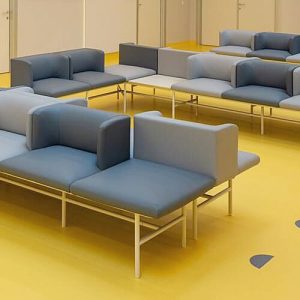
Developing a sustainable school furniture replacement plan
It’s a useful exercise to develop a strategy for school furniture that includes a process for maintenance, repairs and replacements.
A good school furniture supplier will be able to advise on these key elements:
- Sustainability
- Quality and durability
- Budgeting
- Space planning
- Future proofing
- Recycling
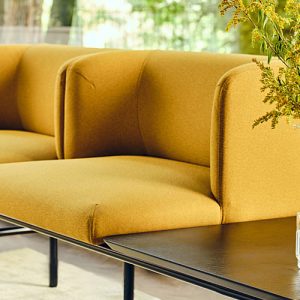
Conclusion
Timely furniture replacement in schools allows educators and purchasers to focus on space-saving, flexible alternatives. This allows school interiors to keep up to date with fast-changing learning styles.
For more information and ideas see our ranges of quality school and college furniture.
FAQs
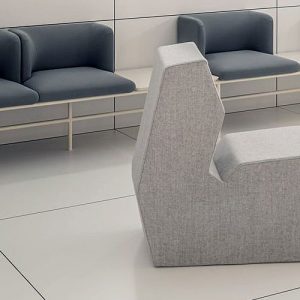
What is ergonomics?
Ergonomics is the design of furniture and workplaces to fit the people who use them.
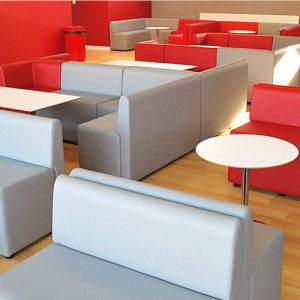
What is space planning?
Space planning means making sure that your furniture makes best use of all available space according to budgets.


